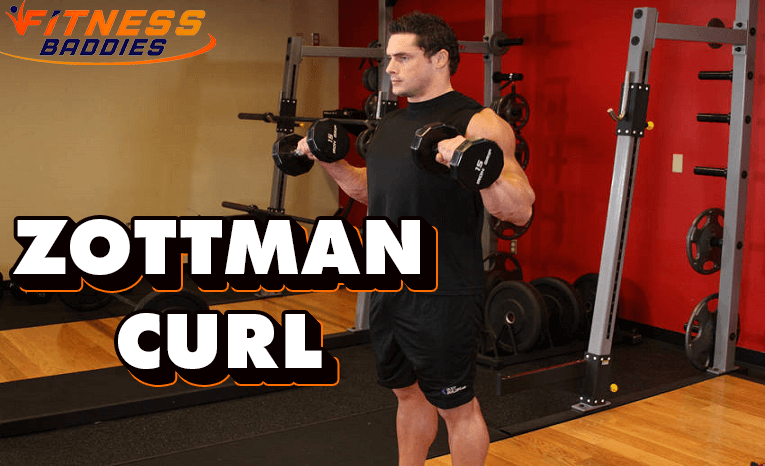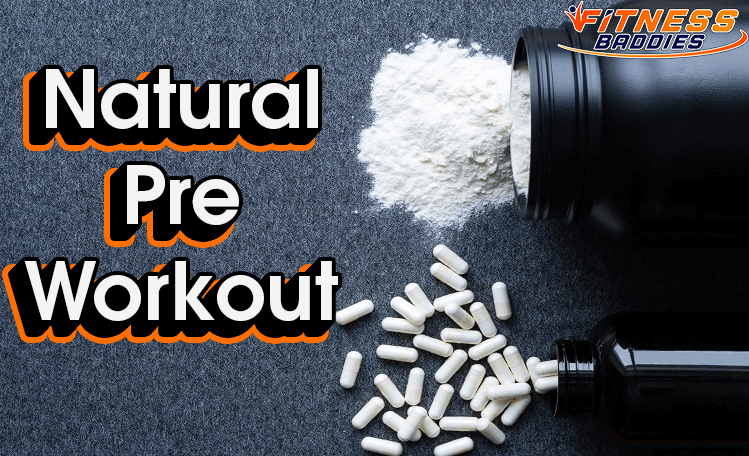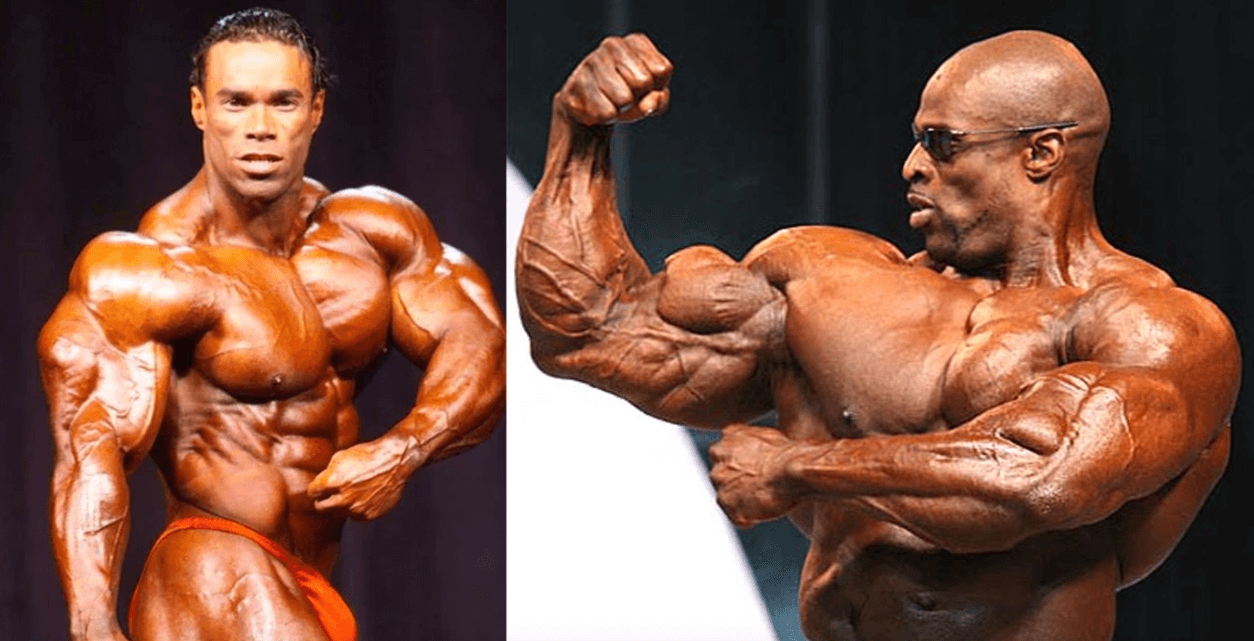Cardio After Workouts

Maybe I’m too picky with how I judge my exercise, but I tend to be very critical of how much effort I put into my time at the gym. It’s hard for me to simply show up and go through my routine and feel like I’ve done enough to be satisfied with my efforts.
This can be a frustrating issue for me, because we all have days where we arrive at the gym or home for our in-house exercise, and we simply don’t feel like we have the energy to have a productive workout! Getting there and getting started is half the battle, but sometimes it just feels like we can take advantage of our training time.
And this can be especially problematic when we’ve set goals for ourselves related to our fitness and we feel that we’re falling short. Whether it’s weight loss, more muscle tone, or a higher capacity for cardiovascular performance, it’s never pleasant when it seems that our fitness journey isn’t going the way we would like.
This is why I made a conscious decision a while back to prioritize working out smarter. There will always be days where I just don’t feel like I can work harder, but organizing my fitness routine and creating good habits allows me to keep making progress even on my “off days”.
Lately, something that I’ve added to my workout plan is getting my cardio in after the main part of my workouts. Everyone’s different, but mentally, there’s something about jumping into my calisthenics and weight training right after warming up that helps keep my energy up, with my time on the treadmill coming at the end. For those of you who just added a treadmill to your workout arsenal, here’s how long you should run on a treadmill.
But it’s not just because of my exercise preferences. Before I made this change, I wanted to find out how it might help my fitness progress in the bigger picture, and learned some very interesting things about how cardio complements other types of exercise. Besides, cardio is very helpful for your overall fitness, which I found out after doing several challenges, like the 100 push-ups, 100 sit-ups, 100 squats.
So what happens when you save your cardio workout until after the rest of your regular exercises? And how can those results affect your long term fitness progress?
What Happens When You Do Cardio?
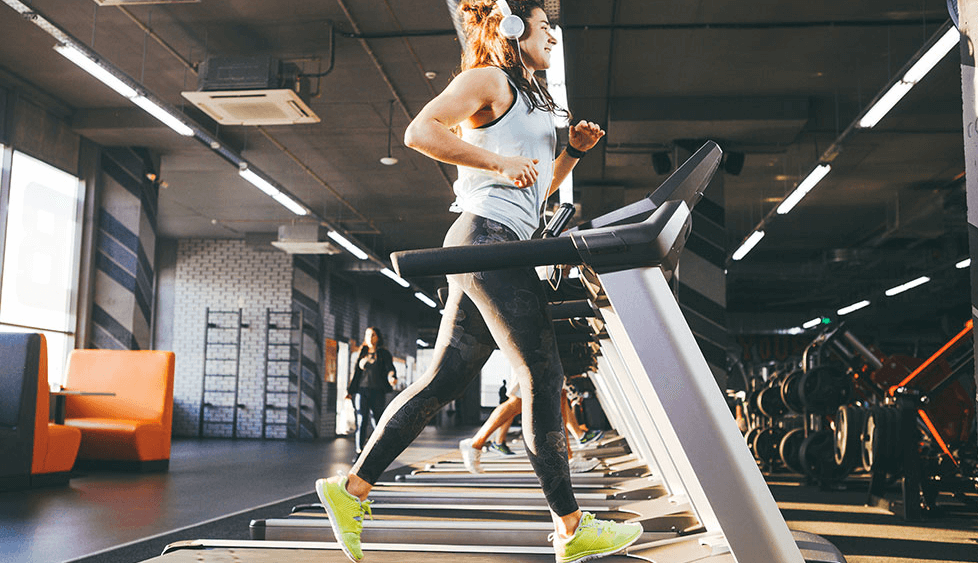
To understand the importance of when you do cardio, it’s important to first have an idea of what happens when you do that kind of exercise. It may come as a surprise, but a lot of people actually aren’t aware of the physiological events that take place when they’re jogging on a treadmill or pedaling away on an exercise bike or an elliptical.
Many people tend to focus only on the calories burned, and that’s absolutely a great benefit that I look forward to when I’m jogging! But it’s also important to understand what’s going on in your body when you’re in motion.
During your cardiovascular exercises, your heart pumps blood faster and your lungs absorb more oxygen. (1)The amount varies depending on how intense your exercise is and how hard you’re pushing your body – a full sprint will speed up your heart rate and force your body to bring in more oxygen than if you were jogging.
As you do cardiovascular exercise more regularly, your lungs develop a larger aerobic capacity (more room to take in and hold oxygen). (1) This helps strengthen your heart and the muscles you use when you’re in motion, releases healthy endorphins, and can help you to avoid health issues such as high blood pressure and heart disease. (1)
One of the first things you’ll notice when you begin doing cardio on a regular basis is your improved stamina: distances and speeds that left you gasping for air when you started will soon be easier to handle, and your breathing won’t be as labored when you’re moving at that same pace. (1)
On top of all of these benefits, you also burn calories while you’re doing cardio. And fortunately, if you have one of those space saver exercise machines for your cardiovascular training, be it a treadmill (some treadmills have incline, if you want a little more challenge) or exercise bike, you can usually track how many calories you burn during your training session!
All of these positive results are more than enough to justify a good run or pedaling session after training. But what happens when you opt to complete your cardio workouts after the main part of your exercise routine?
Doing Cardio After Strength Training
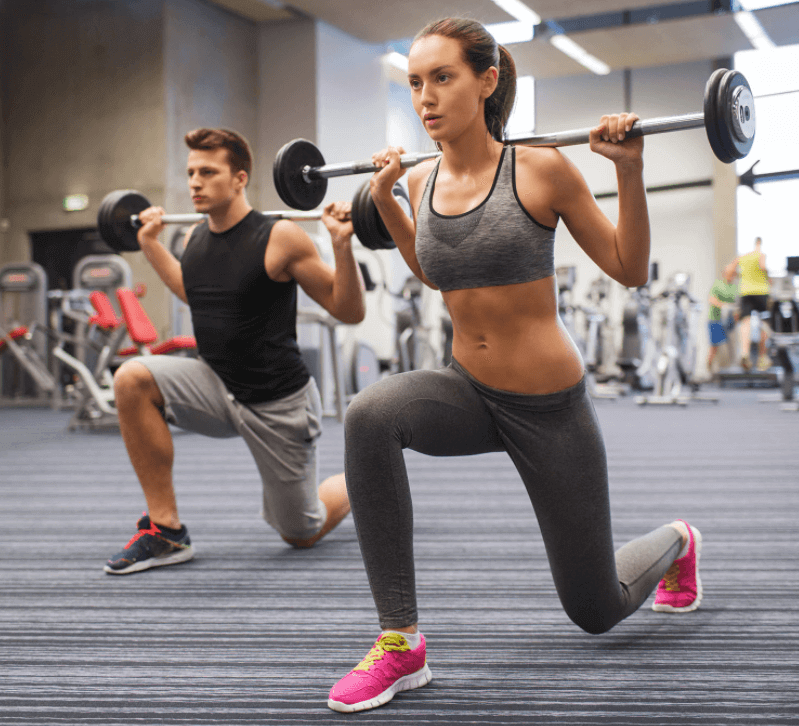
When it comes down to how you organize your workouts, many experts have praised the choice to do cardiovascular exercise after the strength training portion of your session. They believe that this allows you to preserve your energy source for your anaerobic training without fatiguing your muscles by doing cardio beforehand. (2) I ,for example, like doing 100 jumping jacks a day – these also help with the overall calories burned since jumping jacks burn calories quite effectively too. If one day I did strength training, I do jumping jacks after.
Additionally, these experts assert that, by starting with strength training, you burn off stored carbohydrates and force your body to use fat stores for energy during your cardiovascular exercise. (2) This means that you can maximize the fat-burning effectiveness of your workouts simply by changing the order of your gym routine!
However, while many believe that this is the best option when creating your workout plan, the issue is far from universal agreement among experts. It’s also often suggested that your decision on when to do your cardio should depend entirely on your individual fitness goals.
So are there any drawbacks to waiting to do your cardio until the end of your workout? And are there any additional benefits to organizing your exercise in a different way?
When Doing Cardio First is Recommended

Fitness experts realize the importance of prioritizing your energy efficiently in order to obtain your fitness goals. And as a result, there are a couple of circumstances where leading with cardio is actually better.
For example, if your main objective is improving your aerobic performance and building more endurance in your lungs, then it’s recommended that you begin your workouts with cardio. (2) Doing so ensures that you have not allowed your body to fatigue to the point that you cannot train at your best in the area where you are looking to improve.
Experts also recommend doing cardio first if your primary goal is losing body fat (and if done right, you can still lose weight using a recumbent bike, treadmill, or other cardio machines). (2) This objective, although seemingly similar, differs from wanting to gain muscle – those looking to become stronger would still be best served by doing their regular workouts before their cardio. (2)
Finishing with Your Favorite

While there is evidence and logic behind these expert-backed perspectives, there’s one other outlook that they consider when weighing in on this issue: which kind of training you enjoy the most.
For those who are training to make general overall improvements to their health, it’s recommended that they finish their workouts with their favorite part of their routine. (2)
While this is based entirely on maintaining good morale rather than a specific physiological difference, the reasoning is very sound: workouts can be challenging, and having something you enjoy to look forward to at the end can help carry you through your exercises even on especially challenging days.
Summing it All Up
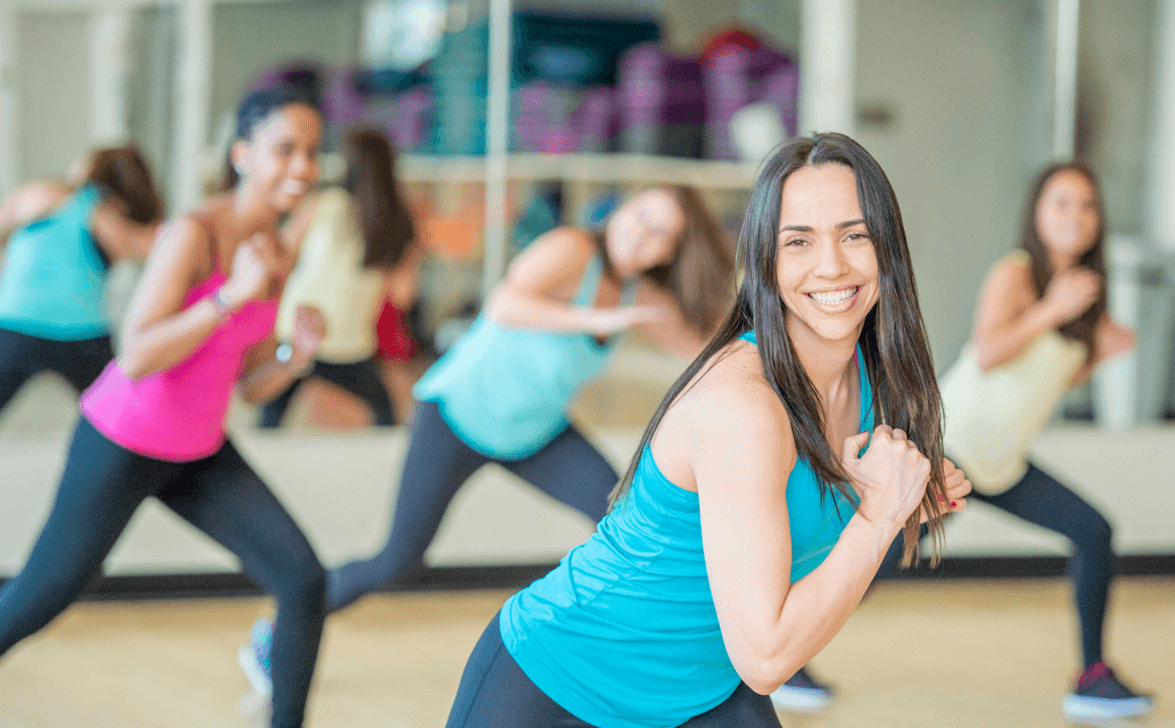
So what can we consider the highlights from all this that we should take with us to the gym the next time we want to fit some cardio in a routine? In a nutshell, think about it like this:
Finish with Cardio When:
- You want to keep a high, fat-burning metabolism as you finish your training
- You want to tone or build your muscles without fatiguing them before your strength training
Lead with Cardio When:
- You want to focus on your aerobic endurance
- Your primary goal is losing body fat
I know that plenty of you are like me and want to get the most out of every single workout. And with these exercise “hacks”, we can finally organize our training in the best way possible to meet all of our fitness goals.
I don’t know about you, but a nice session on the treadmill sounds pretty great right now. See you guys at the gym!
Related Readings:
- How to Build Bigger Quads
- 10 Pack Abs: Are they Possible To Build? Here’s What You Need to Know
- Can Stretching Make You Taller? Myth or Reality?
- How To Measure Fitness Level & Track Your Progress
- Tips & Strategies I Used to Stop Eating Sugar
- Cheap Cardio Equipment in 2022: Which One is the Best Fit for You?

